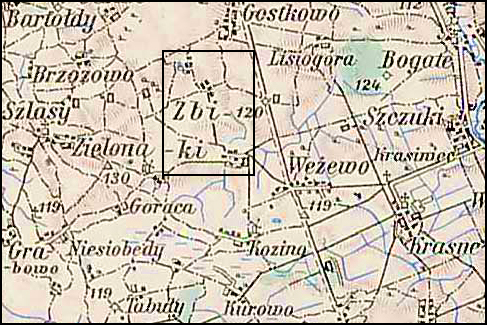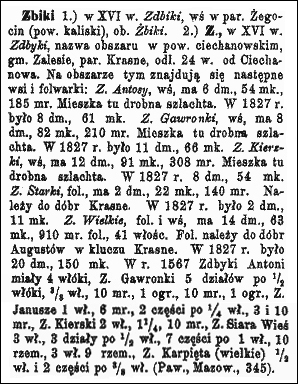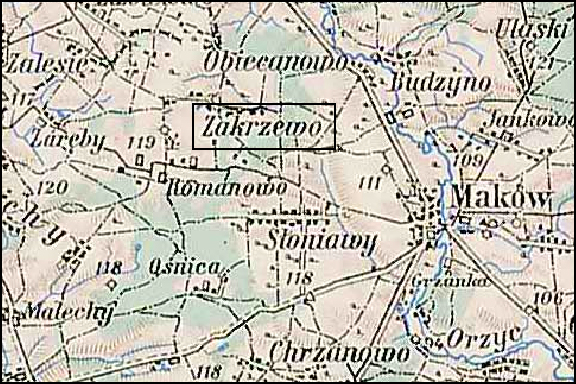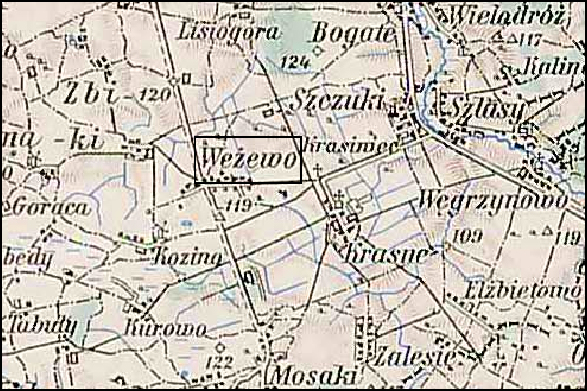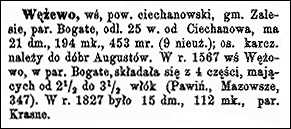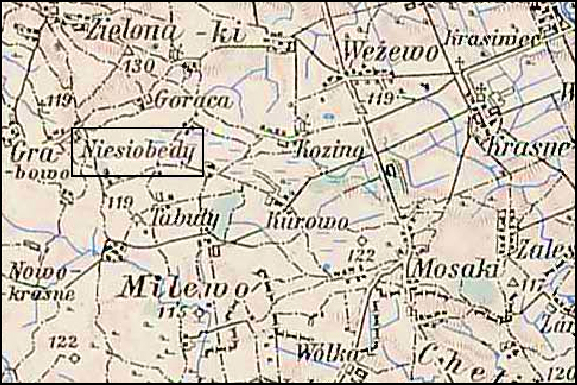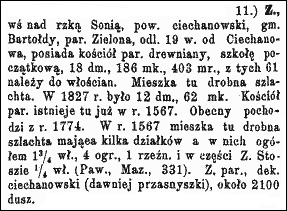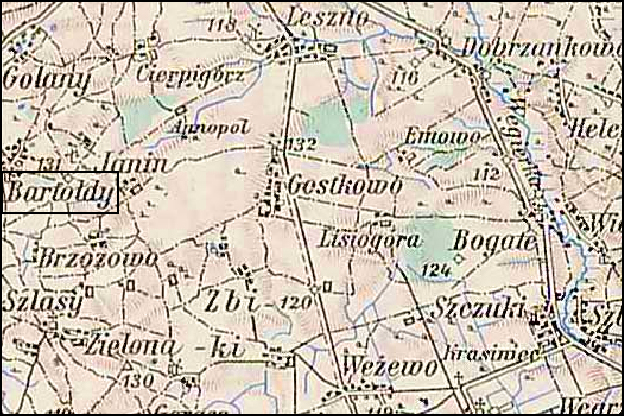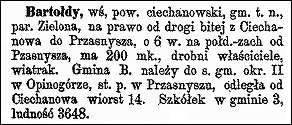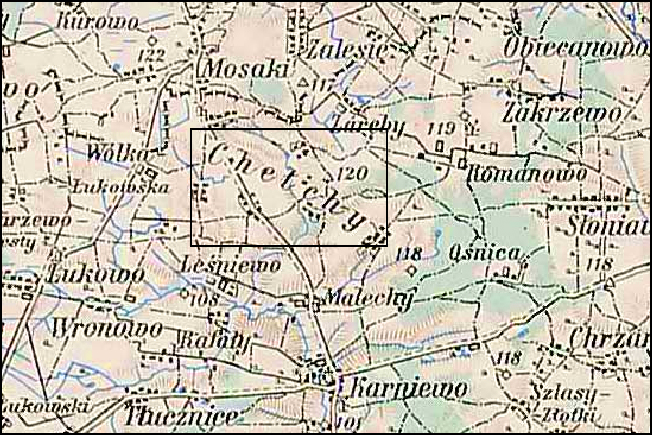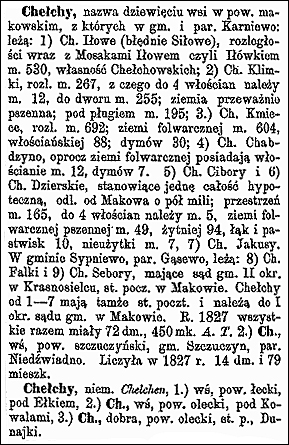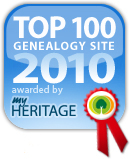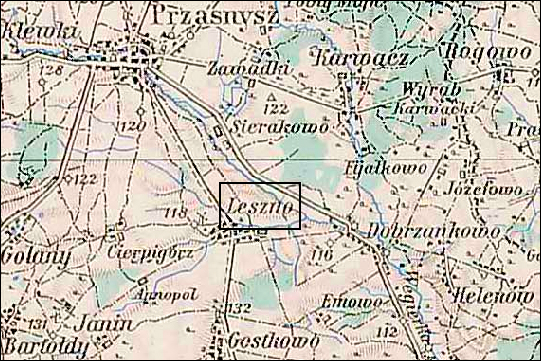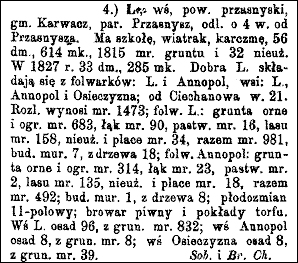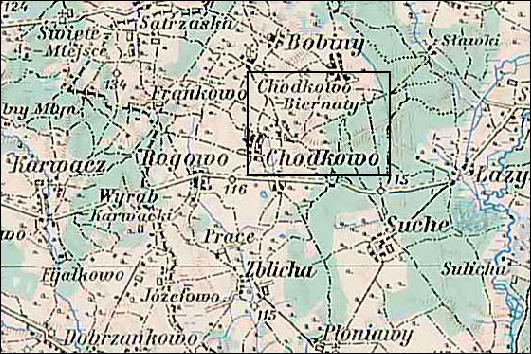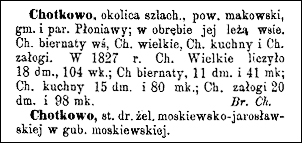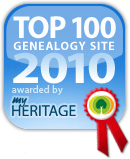The villages of Zbiki are significant in my family history because they were locations where some of my Chodkowski cousins lived. In particular, some of my Chodkowski cousins lived in Zbiki Gawronki and Zbiki Kierzki.
Austrian Military Map of the Zbiki Area – 1910
SOURCE: Third Military Mapping Survey of Austria-Hungary, Sheet 39-53, Ostrolecka. Online http://lazarus.elte.hu/hun/digkonyv/topo/200e/39-53.jpg; downloaded 22 May 2010.
Słownik Geograficzny Entry for Zbiki
Source: Chlebowski, Bronisław, Józef Krzywicki, Filip Sulimierski, and Władysław Walewski, eds., Słownik Geograficzny Królestwa Polskiego i Innych Krajów Słowiańskich (Geographical Dictionary of the Kingdom of Poland and other Slavonic Countries) – Warsaw 1895, Volume XIV, page 518.
Click on the link for a PDF copy of the Słownik Geograficzny entry for Zbiki. Translated from the Polish, the entry reads:
Zbiki 1.) in the 16th century, Zdbiki, a village in the Żegocin Parish (Kalisz Powiat), see Żbiki. 2.) Zbiki, in the 16th century Zdbyki, the name of an area in the Ciechanów Powiat, Zalesie Gmina, and Krasne Parish, 24 versts [0.66 miles per verst] from Ciechanów. In this area the following villages and granges [large manorial farmsteads] are found: Zbiki Antosy, a village that has 6 homes, 54 residents, and 185 morgs [in the Russian partition 1 morg = 1.388 acres]. A few nobles live here. In the year 1827 there were 8 homes and 61 residents. Zbiki Gawronki, a village that has 8 homes, 82 residents, and 210 morgs. A few nobles live here. In the year 1827 there were 11 homes and 66 residents. Zbiki Kierzki, a village that has 12 homes, 91 residents, and 308 morgs. A few nobles live here. In the year 1827 there were 8 homes and 54 residents. Zbiki Starki, a grange that has 2 homes, 22 residents, and 140 morgs. It belongs to the property of Krasne. In the year 1827 there were 2 homes, 11 residents. Zbiki Wielkie, a grange and village that had 14 homes, 63 residents, and 910 morgs in the grange, 41 morgs in the manor. The grange belongs to the property of Augustów in the domain of Krasne. In the year 1827 there were 20 homes and 150 residents. In the year 1567 Zdbyki Antoni had 4 włóki [1 włóka = 16.8 hectares]; Zbiki Gawronki had 5 divisions of ½ włóka, 10 morgs, and 1 garden; Zbiki Janusze has 1 włóka, 6 morgs, and 2 parts of ¼ włóka; Zbiki Stara Wieś had 3 włóki, 3 divisions of ½ włoka, 7 parts of 1 włóka, 10 craftsmen, 3 włóki, 9 craftsmen; Zbiki Karpieta (Wielkie) ½ włóka and 2 parts of 3/8 włóka (Pawiński, Mazowsze, 345).The place labeled as 2.) in this entry is the one in which my cousins resided.
The notation (Pawiński, Mazowsze, 345) refers to:
Pawiński, Adolf. 1892. Mazowsze. Polska XVI wieku pod względem geograficzno-statystycznym, t. 5. Warszawa: skł. gł. w Księgarni Gebethnera i Wolffa.
This publication is available online at the Digital Library of Wielkopolska.
The maps of the Third Military Mapping Survey of Austria-Hungary and the entries in the Słownik Geograficzny were prepared at about the same time and make a good pair for studying places in and around the Congress Kingdom of Poland at the end of the 19th century and beginning of the 20th century, a time period when the Eastern European ancestors of present-day Americans left their homelands for the United States.
Copyright © 2010 by Stephen J. Danko

